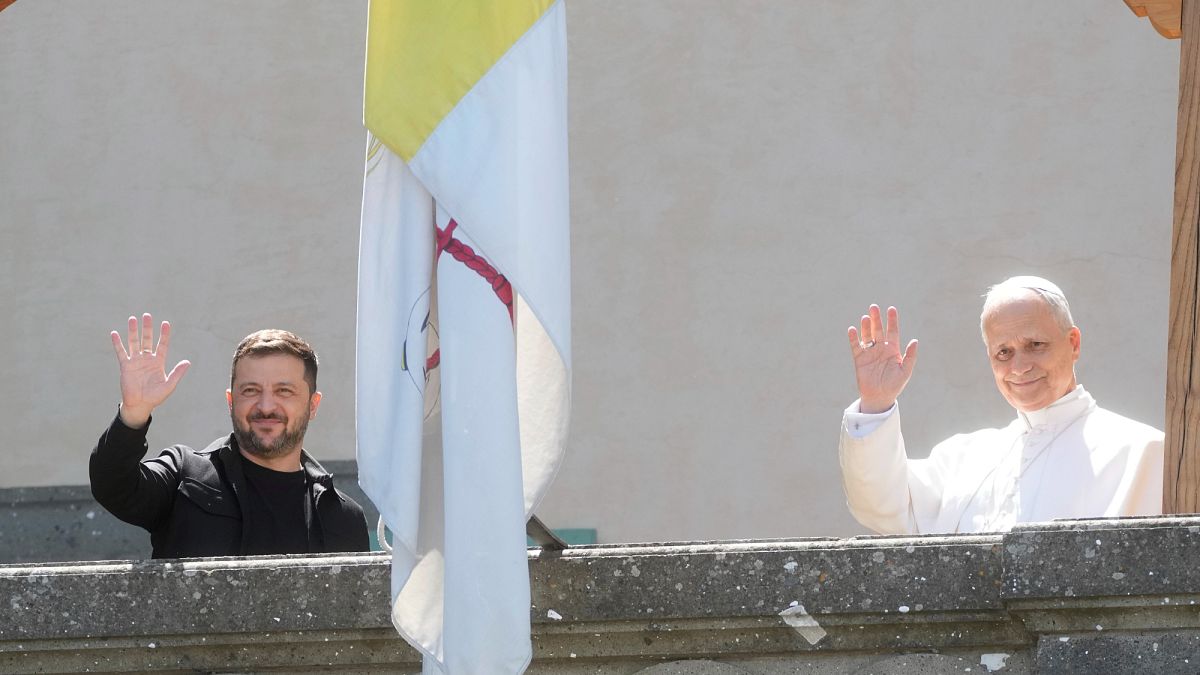

In a world where pathways to peace are diligently sought, recent developments highlight significant efforts to establish dialogue and understanding amidst geopolitical tensions. Over the past few days, leaders and influential figures have come together, advocating for resolution and reconciliation through non-violent means. These actions reflect a shared human commitment to lasting peace and stability.
Ukrainian President Volodymyr Zelenskyy and His Holiness Pope Leo XIV have proposed utilizing the Vatican as a venue for Ukraine peace talks. This proposition emerged during talks between the two leaders before the Fourth Ukraine Recovery Conference in Rome, where strategies for reconstructing post-conflict Ukraine are under active discussion. Both figures have emphasized the symbolic power of the Vatican, a seat of historical peace mediation, as an ideal location for such significant dialogues. The Vatican’s neutral and spiritual environment is seen as conducive to fostering a climate of calm and constructive conversation, which they believe is crucial for the sensitive negotiations aimed at restoring peace and rebuilding Ukraine.
Meanwhile, in a parallel stride towards peace, Abdullah Ocalan, the imprisoned leader of the Kurdish Workers’ Party (PKK), has called upon Kurdish militants to disarm. This appeal marks a pivotal moment, as it is the first public footage of Ocalan since 1999. Through this declaration, Ocalan has signaled the PKK’s intention to cease its armed struggle against Turkey, framing it as a move toward a peaceful and sustainable resolution. Such a symbolic gesture underscores the potential for transformative shifts within deeply entrenched conflicts, offering hope for a future shaped by dialogue rather than discord.
The Vatican’s involvement in facilitating dialogue extends beyond the Ukraine conflict. Recent meetings between Pope Leo XIV and international leaders, including President Zelenskyy, have stressed the urgent need for a just and lasting peace, particularly in relation to the ongoing conflict between Russia and Ukraine. The Pope’s willingness to engage with Russian officials further illustrates the Church’s dedication to acting as a mediator in global peace efforts. The Vatican’s initiatives reflect a broader commitment to overcoming divisions and building bridges where previously there seemed only impasse.
Amid these unfolding diplomatic efforts, European nations navigate their own challenges. The recent incident involving China’s military allegedly targeting a German aircraft with a laser during an EU security mission in the Red Sea has drawn attention to the delicate balance of international relations. The European Union, echoing Germany’s actions, has summoned the Chinese ambassador to express grave concerns over this event. Anouar El Anouni, spokesperson for the EU’s Foreign and Security Policy, condemned the incident as dangerous and unacceptable, emphasizing its threat to personnel and mission integrity. Such situations underscore the fragile nature of international engagements and the ongoing need for measured, diplomatic communication.
The story of peace is as complex as it is hopeful, woven together from efforts on multiple fronts. While each situation bears its unique challenges and contexts, the threads of dialogue and understanding remain constant. From the potential Ukraine peace talks in the Vatican to Ocalan’s call for disarmament and the EU’s diplomatic response to tensions in the Red Sea, these narratives showcase a collective aspiration for a future shaped by peace and cooperation.
As global citizens, recognizing and supporting these efforts is crucial in cultivating a world where discussions replace disputes and empathy overcomes enmity. With patience and persistent engagement, the journey toward global peace continues, charting a course through mindful diplomacy and concerted effort from all involved.
Source: {link}
